Steve Jobs“Everybody in this country should learn how to program a computer, it teaches you how to think.”
How (and why) we designed Hackaball to be Gender Neutral

This blog post has been adapted from presentations at GGMUK and Hyper Heat earlier this month. Following some recent Lovie Award wins in the Connected Product and Family & Kids categories, we wanted to share more of the story as well.
The purpose behind the product
I think before we delve into why we decided to make the product inclusive, I believe it's important to address why we decided to build Hackaball in the first place. While Stuart and Tim have both written extensively on the full origin story - from nascent intern project to fully fledged side-project. But there is also a certain amount of market (and cultural) context that solidified our reasoning to take it to Kickstarter.
1. Teach Programming Logic
There’s an ever-increasing demand for programming skills in the professional market today - and that’s only going to continue over the next 10 years. We felt there was a substantial opportunity for kids to start learning the foundational elements of programming logic, especially at a younger age than most existing applications and tools.
Mike Jess, Why Children Are Becoming Still Less Active (TES, 2008)“We need children to have the tools to access and choose a range of different activities. We need them to be active”
2. Encouraging Active Play
Kids these days are increasingly tethered to their screens and because of this cultural shift, substantially less active. We wanted to design a learning experience where you didn’t have to be attached to a desktop or iPad screen the entire time you were interactive with it. With Hackaball, kids can design the game that they want to play, and then do what they do best - run around and play.
Sir Ken Robinson“My contention is that creativity is now as important in education as literacy, and we should treat it with the same status.”
3. Foster Creative Thinking
Finally, we believe that it’s fundamental to develop and encourage children’s innate creativity, and that the learning tools that are provided don’t stifle it. We actively worked to make sure that Hackaball, while teaching the fundamentals of programming, still felt flexible and open enough to let kids be kids and use their imaginations.
These three foundational elements formed the core directive for our purpose with Hackaball, if we weren't delivering on any of these three elements at any given time, then we weren't adequately living up to the product vision.
Why Gender Neutral?
Now, I don’t really think I need to tell you much about the problem that is endemic in the technology industry.
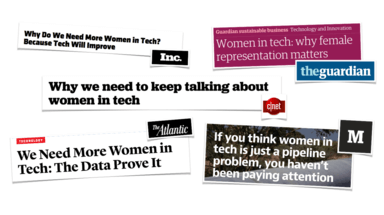
I think the latest NYTimes piece by Eileen Pollack articulates it best:
" At a young age, girls already hold stereotypes of computer scientists as socially isolated young men whose genius is the result of genetics rather than hard work. Given that many girls are indoctrinated to believe that they should be feminine and modest about their abilities, as well as brought up to assume that girls are not innately gifted at science or math, it is not surprising that so few can see themselves as successful computer scientists.
[...]
In fact, Dr. Cheryan’s research shows that young men tend not to major in English for the same reasons women don’t pick computer science: They compare their notions of who they are to their stereotypes of English majors and decide they won’t fit in."
Girls are persistently told, by overwhelming cultural factors, that technology is inaccessible to them. This context is further reinforced by a recent NPR study which took a look at the number of women studying computer science and found that the number of women in the field was actually growing faster than the number of men during the '60s, '70s and early '80s. But in 1984, something changed. The percentage of women in computer science flattened, and then plunged, even as the share of women in other technical and professional fields kept rising.
(See: the red line in the image below, via NPR)

What happened? Well, the NPR study found that this directly correlated to the male-centred marketing and positioning of these products.
These ads below are all from the 1980’s to the early 1990’s, and systematically these systems - from the Atari 2600 to the Commodore 64 - were consistently advertised and directed at boys, whether as a good 'father/son' activity or something that would further his career.
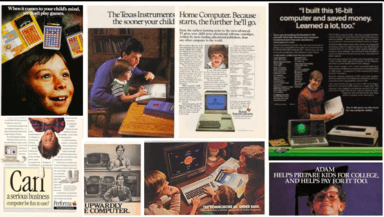
And this sterotyping in the marketing of and feature building of tech and educational toys hasn’t shifted all that much. Toys are still sold based on gender stereotypes. A recent article in The Atlantic found that toys are more divided by gender now than they were 50 years ago. And boys typically tend to get the electronics, building and engineering sets, and e-learning tools.
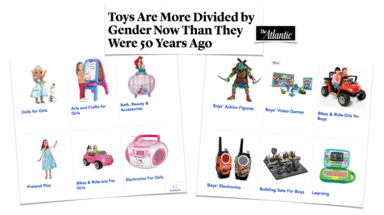
With this in mind, we set out to build a product which wholly rejected these stereotypes. Under our watch, we hoped to build an experience that felt wholly inclusive, considering everything from product features, to packaging, to marketing to make sure these touchpoints were as cohesive as possible
Making it inclusive
Because of these outward trends, we made a conscious decision to make this a consideration as we brought Hackaball to life in it’s second iteration.
Fundamental to building any product is understanding what your users want. So we took our typical make/test/learn approach by asking boys and girls what they would want out of Hackaball and the Hackaball experience.
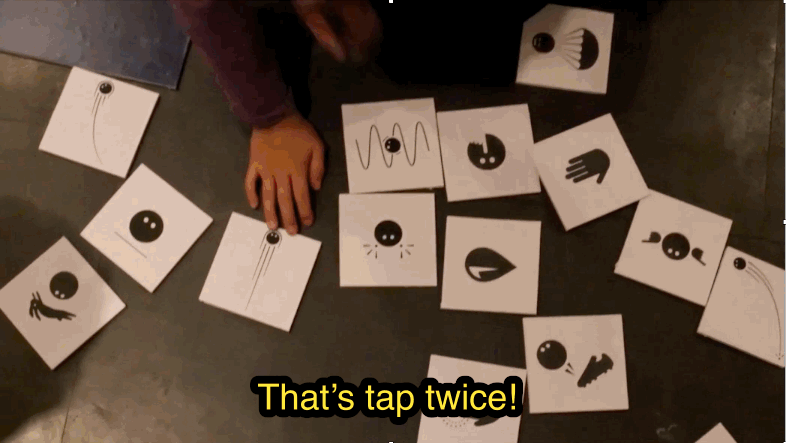
What is legibility of the experience?
Kids have different levels of reading ability, and the jumps tend to be quite extreme at a beginners level. A 7 year old’s reading ability can differ vastly with that of a 9 year old. Because we wanted Hackaball to be accessible to kids as young as 6, we needed to determine if they could understand actions and functionality in the ball without advanced reading skills.
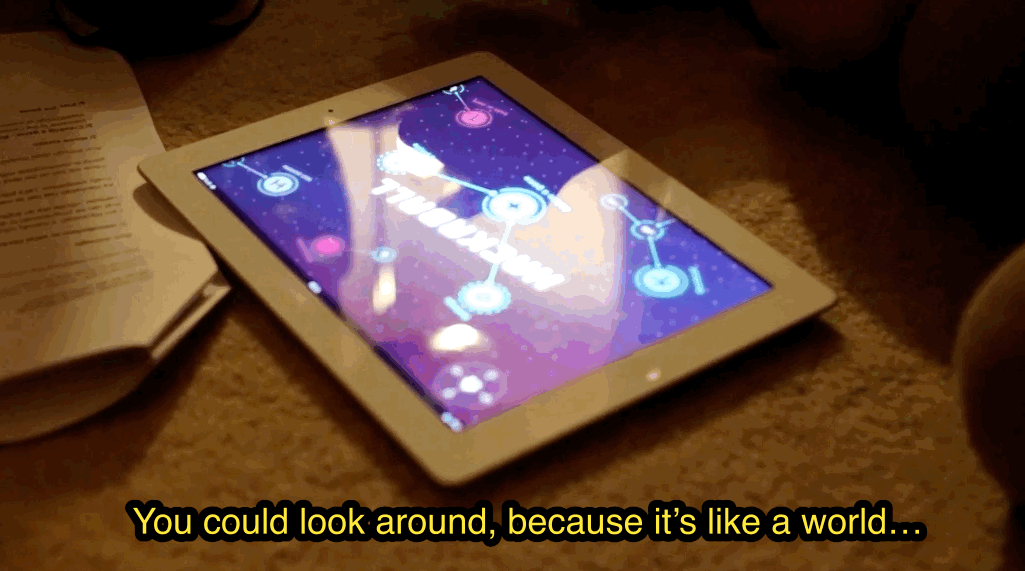
Understanding Functionality and Experience Expectations
We live in an era where kids can get any app or game at their fingertips, including Minecraft or LEGO movie maker. We put prototypes in their hands to understand what they expected — and came away with lists of new requirements from animations to the ability to share games with friends. We also used this to explore the visual manifestation of the experience, did space feel open or accessible enough?
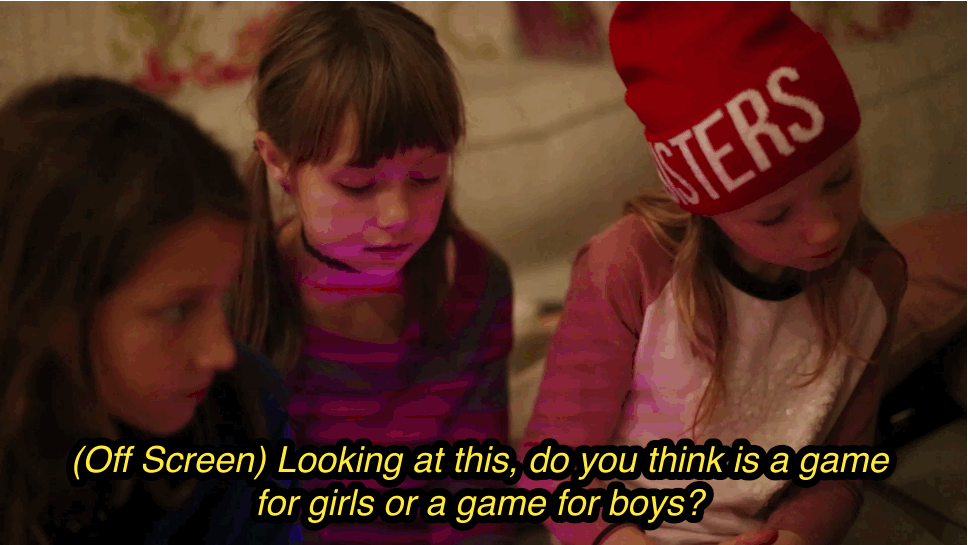
“Do you think this is for boys or for girls?”
This might sound like an oversimplification, but sometimes the most obvious answers are the most honest ones. One of the things we did is ask the kids directly if they felt like the app and the ball was designed for boys or girls. If the answer was “both”, then it felt like we were on the right track.

How can we accommodate different types of play?
We learned something surprising also in the tests, which is that we were actually constraining ways that kids could play with the ball because it was bounded purely by function. Programming naturally has a very linear structure, but we added in this very simple feature, which was a box where kids could add text in to describe why a certain action would take place. This opened up a lot of the game play. Because then the ball is no longer constrained to an action pre-defined by the program we were able to accommodate more generative, imaginative play. Suddenly, you had to move the Hackaball slowly because it was a precious dragon’s egg and you didn’t want to wake a dragon, or you had to throw it really high to help an alien practice it’s rocket manoeuvres — the limits of the game were only limited by kids’ imaginations.
Accommodating multiple types of play was a massive jump for us to make Hackaball inclusive. This is more than just gender, we were able to adapt the ball to different personality types as well. For example, for the kid who prefers active team games, the incentive is to learn to program to create a game to play with friends. For the kids who prefers solo play and wants to learn to program, the incentive is to create a program and then test it in an imaginative context. The flexibility of the interface allows for kids to have a more holistic interaction with it.
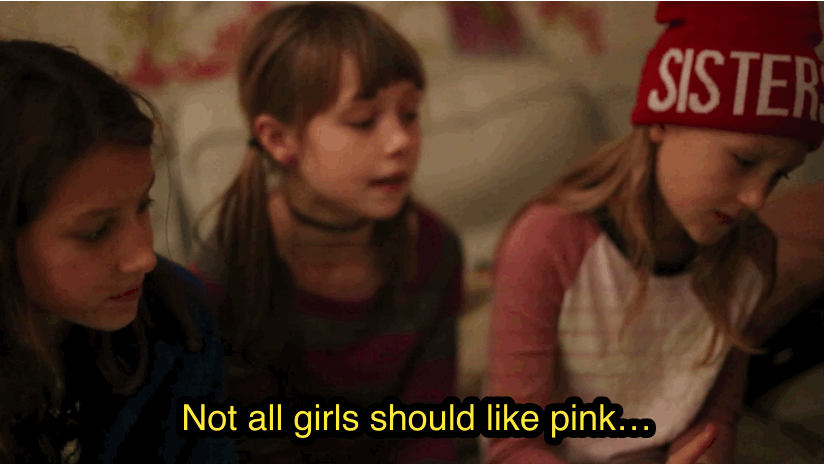
How do you remove bias?
We spent a lot of time fretting about what sort of colour palette we could use for the product. Is it too pink? blue? purple? Is this giving off the right signal? Should we even worry about those colour choices anymore?

Yet again, kids came in to save the day. They each have their own preferences about what they wanted out of the Hackaball and one of the first questions they asked us was “Do I get to set the colour?” — it turns out that we were worrying about what they would like or respond to, when what they really wanted was some control. Turns out, you don’t need to define what kids like, they can do it themselves on their own. We made personalisation included out of the box. This is why colours aren’t prescribed from the beginning, it’s instead something they can choose themselves.
TL;DR — Getting feedback from a variety of users is the key to making an inclusive product
It seems like a simple answer, but the reality is, we got the best answers for designing our product from the best possible source — it’s potential users. As adults, we lack an understanding, empathy, and context of what it’s like to live in a kids world. Just because we designed a product intended for kids doesn’t mean this isn’t applicable across our generally white, young, male-dominated field.
If you, or someone you know, would love something like Hackaball. There is a limited supply still available for pre-order, shipping for Christmas!
Continue reading
Putting the “Well” Into Wellbeing at Work
Wellbeing in the workplace: it's a nice idea, and no doubt something many others are talking about in the wake of World Mental Health day.For those of us ...
Rendering images: When HTML is too much
I’ve been building a dashboard for my desk. It needs an E-ink screen and internet connectivity, and it turns out the best way to do this is with a hacked ...
7 things we learnt taking Hackaball to Kickstarter
Following some amazing coverage in The Economist and Creative Review this month, we're also very excited to be featured in the next issue of Offscreen Mag...


